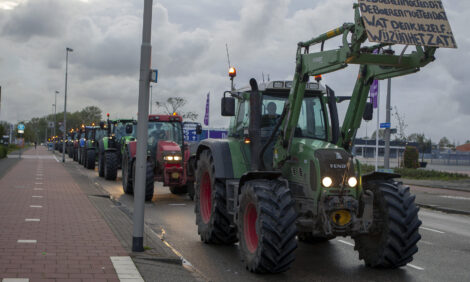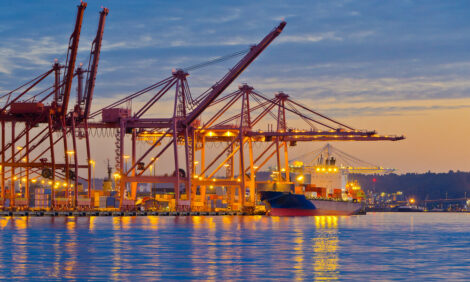



Irish Agriculture Set To Continue Growth
IRELAND - Following two years of impressive growth, the Irish agriculture sector is set to consolidate its position in 2012, according to a study released by Teagasc, the Irish Agriculture and Food Development Board.The Teagasc Outlook 2012 report finds that prospects for Irish agriculture, while still broadly positive, are not as good as they were this time 12 months ago. The forecast for the sector as a whole remains highly dependent on circumstances in the wider EU and in the developing world.
Attendees at the Teagasc Economics conference heard how higher agricultural commodity prices over the last two years have made most sectors of agriculture more profitable, and farmers around the world have responded by increasing production. However, with the EU likely to enter recession for a period in 2012 and the US economy also struggling, demand for agricultural commodities in advanced economies may weaken in 2012.
Collectively these factors suggest that most agricultural commodity prices are likely to fall slightly in 2012. Teagasc economist Trevor Donnellan said that little change is expected in overall production costs for most sub sectors of agriculture, with lower feed prices being offset by increased fertilizer prices. He said that overall, most Irish farmers are likely to experience a decline in profitability in 2012, but the sector will remain in a much better position than it was at the onset of the recession.
Teagasc points out that, the pig sector, which endured considerable losses in 2011 due to high pig feed prices, is likely to be an exception to the general trend for 2012. Teagasc pigs specialist Michael McKeon said that profitability in the pig sector is set to be restored in 2012 as pig prices rise and the cost of feed decreases.
Farmers are becoming used to volatility in the price of farm produce and their costs of production, and this pattern is set to continue. An added complication for prices in 2012 could come in the form of exchange rate fluctuations, with much speculation as to whether the euro will retain its value against other major currencies, such as sterling and the US dollar. A weaker euro would make Irish exports more competitive, but would also generate inflation in the price of imported farm inputs such as fertilizer and fuel.


